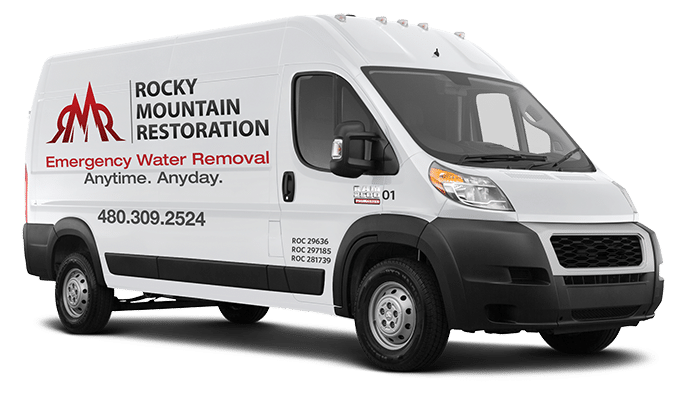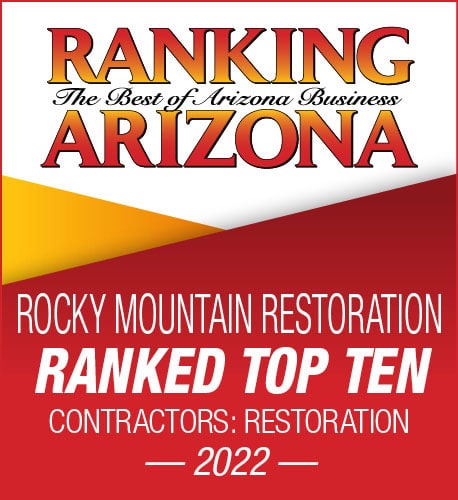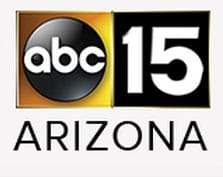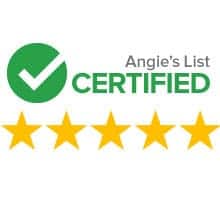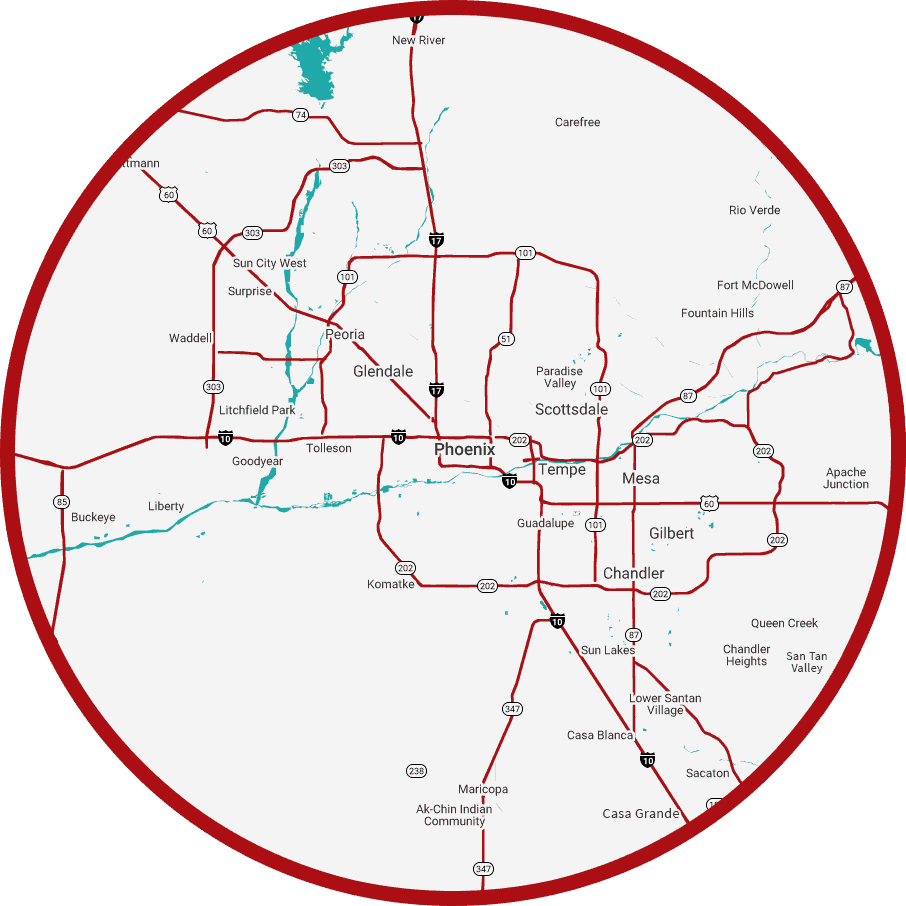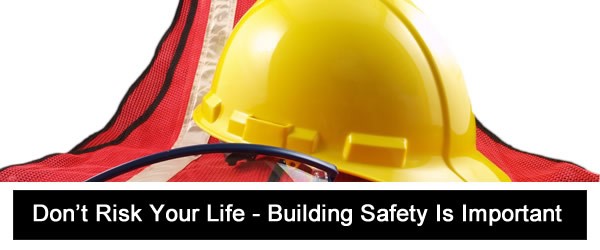
- Awareness safety, which means proper signage, recording of inspections, and other tasks which increase awareness of conditions and the current state of equipment.
- Employee training, including instructions on what to do if there is an emergency. This covers areas like natural disaster training, first aid training, and more. The primary source of safety in any building is going to be with the people who inhabit it.
- Structural integrity, which includes the various systems of the building. Electrical, plumbing, HVAC, roofing, and other parts of the actual building. This also includes features like slip resistant flooring for certain industries and professions.
For awareness safety:
Records detailing inspections, upgrades, maintenance, and other work should be kept in an accessible location. Even if you are mandated to record this information by your local, state, or federal agency, you should seek to go well over the “recommended minimum” of details that should be recorded. Information, such as the model of certain types of machinery, can actually be quite important for insurance and repair purposes. Signage should be kept clear and easily viewable.
For employee training:
Constantly stay in touch with the people inside your building, since communication is so important, both inside and outside of an emergency situation. It is critical that employees and other 
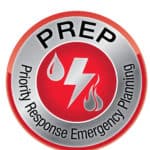
For structural safety:
Inspections are important. Annual inspections of plumbing and electrical systems can reduce the occurrence of interruption of services, or any risks that can be posed by an outdated or otherwise damaged utility. Inspections should also be performed to ensure that the proper floor safety solutions are in place, and functional. Simply inspecting the general state of the building is important for readiness in the event of a hurricane, tornado or earthquake.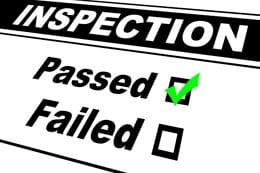
Building Safety Will Require Strategic Thinking!
It can be easy to neglect the importance of proper training, documentation, and other systems of support for building safety while you are busy focused on day to day operations, but all it takes is one accident or natural disaster to illustrate the need for all of the above, and more.If you need further, far more extensive information on the proper ways to ensure your building is safer, there are both state and federal agencies which offer free educational materials, and even workshops, that both you and the inhabitants of your building can attend. Also, don’t overlook your local trusted disaster recovery contractor! Many, (like Rocky Mountain Restoration) offer pre-disaster support and planning – usually at no charge to you!
